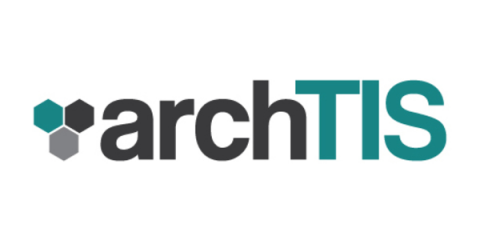UK Security Policy Framework and Government Security Classifications Compliance
The UK government’s Security Policy Framework (SPF) outlines the expectations and requirements for security measures to be implemented across UK government departments, and external agencies handling government information and data assets. The framework covers various aspects of information security, including governance, risk management, technology and services, and culture and awareness.


